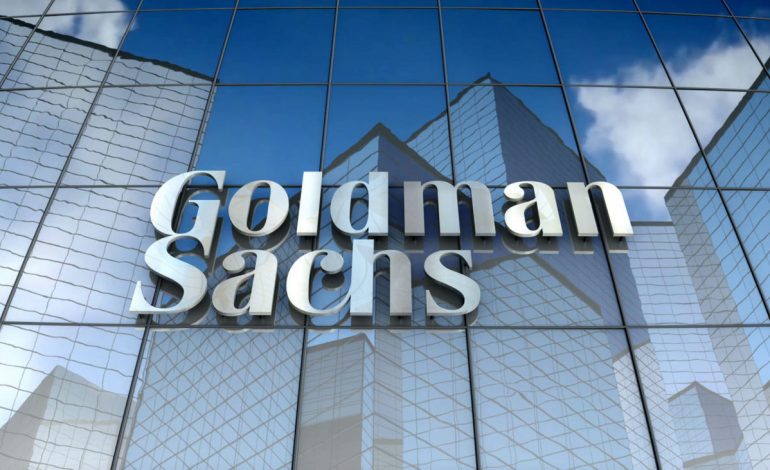Economists at Goldman Sachs have raised concerns that the US national debt is on a trajectory to reach levels not seen since World War II, despite efforts by the current administration to address the issue through spending and tariff policy, Fortune reports.
In a research note released Tuesday, Goldman analysts Manuel Abecasis, David Mericle, and Alec Phillips said the fiscal plan supported by House Republicans — which includes a combination of spending caps and increased tariff revenue — may reduce the primary budget deficit slightly. However, it will not significantly alter the broader path of total deficits, largely due to rising interest costs on the national debt.
“The primary deficit remains too large for a strong economy, and the debt-to-GDP ratio is nearing post-World War II highs,” the analysts wrote.
They also noted that persistently high real interest rates have increased the government’s interest burden and accelerated the pace at which the debt grows.
Currently, the US carries a $36 trillion national debt, equivalent to around 120% of the country’s GDP. Next year, interest payments on this debt are projected to surpass $1 trillion, overtaking spending on Medicare and defense and becoming the second-largest federal expense after Social Security, according to the Committee for a Responsible Federal Budget.
While President Donald Trump and GOP leaders have argued that their proposed “Big, Beautiful” bill would place the US on a more stable fiscal trajectory, Goldman Sachs contends that absent major structural reforms, the debt burden will continue to rise unsustainably. The nonpartisan Congressional Budget Office estimates that the House-passed version of the spending bill would increase deficits by $2.8 trillion over the next decade — excluding the potential renewal of the 2017 tax cuts, which are set to expire soon.
Economists emphasize that the long-term sustainability of US debt hinges on several uncertain factors, including future interest rates. Higher borrowing costs would further increase pressure on federal budgets. If rates continue to rise or remain elevated due to inflation or declining demand for US Treasury bonds, the federal government could face increasingly limited options.
“There’s no definitive threshold for when debt becomes unsustainable,” said Gennadiy Goldberg, head of US rates strategy at TD Securities. “But as interest costs grow, the need to either raise revenue, cut spending, or both becomes more urgent — politically and economically.”
Goldman analysts warn that if policymakers delay addressing deficits, they may ultimately be forced into significant fiscal tightening. This could involve a period of austerity — marked by spending cuts and tax increases — that could prove difficult to maintain and potentially harmful to economic growth. In such a case, even a sharp fiscal adjustment might not lower the debt-to-GDP ratio if it triggers a slowdown in economic output.
Further complicating the outlook is the uncertain status of the US dollar as the world’s reserve currency. Should geopolitical or trade tensions reduce foreign appetite for US debt, borrowing costs could rise further, amplifying the debt challenge.
While some experts worry about long-term risks, others warn against extreme measures such as excessive money printing to manage debt obligations. Historically, such actions have led to dangerous levels of inflation and economic instability — most notably in the post-World War I Weimar Republic.










The latest news in your social feeds
Subscribe to our social media platforms to stay tuned